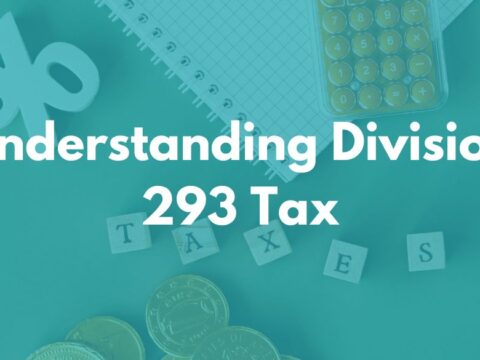Working from home to #flattenthecurve? Here’s what you could claim at tax time.
With many of us working-from-home or “WFH” at the moment, we’re sure many of you have been weighing up the costs and benefits of doing so.
In some regards, our collective confinement may be seen as a great money-saver: the auto top-up on your Opal card hasn’t been charged in months or maybe your toll and fuel bills are the lowest they’ve been in years. Not to mention that $4 morning (and mid-morning and afternoon) coffee, which now comes from a jar that only cost you $10 and has lasted all month!
On the other hand, some costs have gone up. This is evident through the reports of cleared shelves at stationary supply shops, the surge in demand for WFH office supplies (like keyboards, mouses, webcams and standing desks) and the slower Internet speeds many of us are now experiencing as people expand their coverage – not to mention the subtle increase in expenses like utility bills.
Luckily, for your tax return at least, many of these will count as tax deductions. And we’re sure the ATO is bracing themselves for a record number of WFH related claims.
Normally, each type of deduction has its own set of rules regarding how much can be claimed and what records to keep. If you’re interested in delving into the pre-existing deductions system, you can find that information here (use this if you’re WFH but not because of coronavirus).
But if you are home bound because of coronavirus, the government has introduced a new method to make it much easier to claim the related expenses.
Previously, you had to claim the cost of various running expenses (i.e. the cost of home office equipment, heating/cooling, lighting, cleaning and stationary) individually. However, those enjoying the great indoors because of COVID-19 can now group these expenses together and claim 80 cents per hour for them.
To claim running expenses using the new method, you need to need to keep a record of the hours you have worked from home as evidence for your claim. This record can be in the form of time sheets, a work calendar or a diary. And if you have multiple people WFH under one roof, they are each allowed to claim the 80 cents per hour rate.
The new method makes it easier to claim expenses, but you may not always be better off. Money Magazine have broken this down with a few examples, take a look here.
This change will apply for people who have been working at home (because of the pandemic) between 1 March and 30 June. This is likely to be extended if the government announces a prolonged lockdown, going into the next financial year. Please note, working from home expense claims prior to this date will need to be calculated with the pre-existing system.
For those of you familiar with the pre-existing system of claiming working from home-related expenses, the requirement of having a dedicated working area has been scrapped for the time being, so this new method is eligible to be used by anyone in this situation. However, if you’d like to keep using the pre-existing system, this is still allowed too.
Additionally, if you’re looking to claim other expenses, such as Internet, phone and occupancy expenses, you’ll need to work out the proportion of these expenses that are directly attributed to your work and follow the requirements under the pre-existing method.
Feel free to reach out to us if you have any questions relating to your upcoming tax return. We understand the constant ATO changes can be difficult to follow and we’re here to help.




